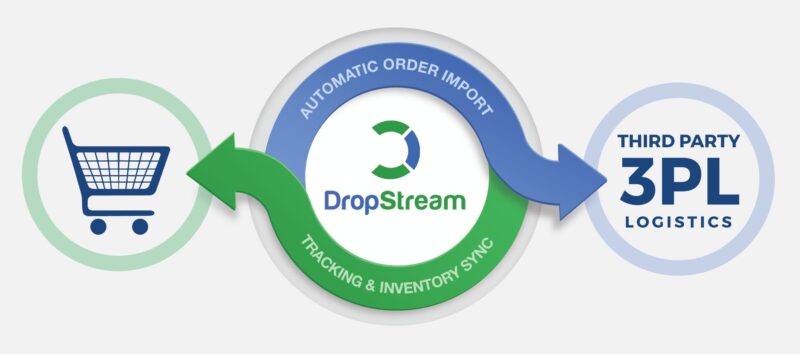Rise of 5G
The fourth industrial revolution, fuelled by connectivity, data and Artificial Intelligence has begun. To add to it, 5G is the new electricity that will take it a step ahead. 5G is the next generation wireless access technology which not only promises higher data capacity and speeds faster than 10 GB per second, but also possesses the capacity to connect billions of devices.
As carriers roll out fifth-generation cellular networks, or 5G, most discussions have swirled around the benefits for consumers and their mobile phones. But businesses can reap significant advantages, too, beginning with the introduction of fixed wireless 5G — as a point-to-point broadband replacement — and ultimately even mobile 5G.
The architecture of 5G is highly advanced, its network elements and various terminals are characteristically upgraded to afford a new situation. Likewise, service providers can implement advanced technology to adopt value-added services easily.
However, upgradeability is based upon cognitive radio technology that includes various significant features such as the ability of devices to identify their geographical location as well as weather, temperature, etc.
Cognitive radio technology acts as a transceiver (beam) that perceptively can catch and respond to radio signals in its operating environment.
Blockchain
One of the trends likely to hit the general mobile market in 2022 is Blockchain. The estimates for 2024 is that the global market for Blockchain will be around $20 billion. And blockchain has already begun to make inroads into the mobile app development sector.
Blockchain, and cryptocurrencies in general, excels in a number of areas that are beneficial for mobile app development including data security, transparency, reliability, implementation and accessibility. The technology is open-sourced which means that developers can suggest changes that result in actual alterations to blockchain implementation and functions.
Blockchains are best known for their crucial role in cryptocurrency systems, such as Bitcoin, for maintaining a secure and decentralized record of transactions. The innovation with a blockchain is that it guarantees the fidelity and security of a record of data and generates trust without the need for a trusted third party.
One key difference between a typical database and a blockchain is how the data is structured. A blockchain collects information together in groups, known as blocks, that hold sets of information. Blocks have certain storage capacities and, when filled, are closed and linked to the previously filled block, forming a chain of data known as the blockchain. All new information that follows that freshly added block is compiled into a newly formed block that will then also be added to the chain once filled.
Augmented and Virtual Reality
Social distancing technologies have been in the works since 2020 when COVID-19 began affecting various industries, including manufacturing. For example, 60% of them leverage AR and VR as virtual supplemental labor on virtual production lines. As a result, a significant percentage of manufactures claimed that they have reduced operational costs and increased productivity.
Despite the positive impact of using AR and VR technology, there are still manufacturers that are hesitant to take advantage of this technology. According to a survey, 71% of manufacturers are skeptical about AR and VR’s scalability and this is why they have not utilized any AR and VR technology yet. Furthermore, 76% of manufacturers that have already adopted AR and VR stated that scalability is where they need the most help.
Beacon Technology
Beacon technology has been embraced by a wide range of industries. From retail to healthcare and hospitality, beacons can add advanced functionality to nearly any mobile app. The first mobile app beacons were developed back in 2013. But over the last few years, significant advancements have been made to this technology.
Here’s an example of how beacons work with mobile apps. Let’s say you’re a mobile app reseller that builds apps for retailers. Your clients can install beacons in their stores that connect with a user’s smartphone via Bluetooth if the app is on their device. When a user passes by a beacon, they can be instantly notified about a sale or special on products in that store.
Beacons can also help track buyer behavior in stores. They can detect if a user is spending a significant amount of time in a particular aisle. The app can automatically trigger a push notification to entice a sale at a later date related to those products.
The main benefit of beacon technology is proximity marketing. It ultimately improves the customer experience within a mobile app.
According to Statistics, the beacon technology market is increasing at a compound annual growth rate of 59.8%. The estimated market value will reach $56.6 billion by 2026. That’s more than ten times higher than the $519.6 million worth from 2016.
Artificial Intelligence (AI)
Artificial intelligence and machine learning both penetrated mobile app development years ago. But we’ve only just begun to scratch the surface with how these advanced technologies can be used.
When we first think about AI, virtual assistants like Siri or Alexa come to mind. However, the use cases go far and beyond this for app development.
Examples of AI features that can be implemented into a mobile app include:
- Image recognition
- Face detection
- Text and image classification
- Sentiment recognition and classification
- Speech recognition
- Predictive maintenance
To give a recent and resonant use-case, we look to the East; at the various ways countries in Asia acted in response to the coronavirus pandemic. During the COVID-19 pandemic, AI and big data were used for contact tracing and to enforce quarantine regulations in China, South Korea, Taiwan and Hong Kong. As a result, this new integration of AI helped to flatten the curve of COVID-19 among these countries.
Wearables
The substantial growth in the wearable device industry during the last few years shows no signs of easing any time soon. Want to stay ahead of the competition? Start developing a mobile app that provides an exceptional user experience on wearables such as smartwatches, smart rings, fitness trackers, smart clothing and even implantable.
The number of connected wearable devices grew from 325 million in 2016 to 722 million in 2019, and the number is predicted to reach over 1 billion by the end of 2022.
Contact Taksa for your Outsourcing Web Development Project requirements and see how our developers incorporate best scalable application framework into your project.






